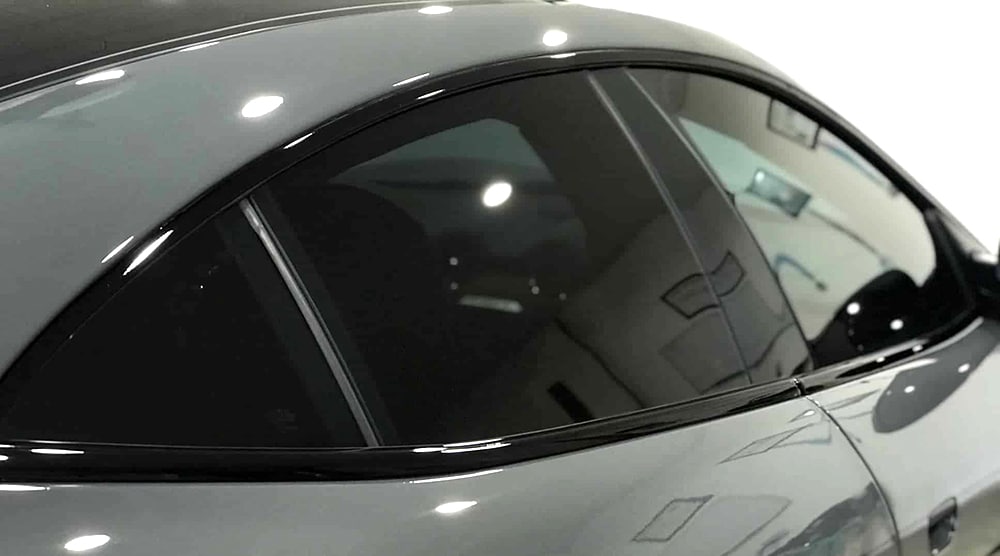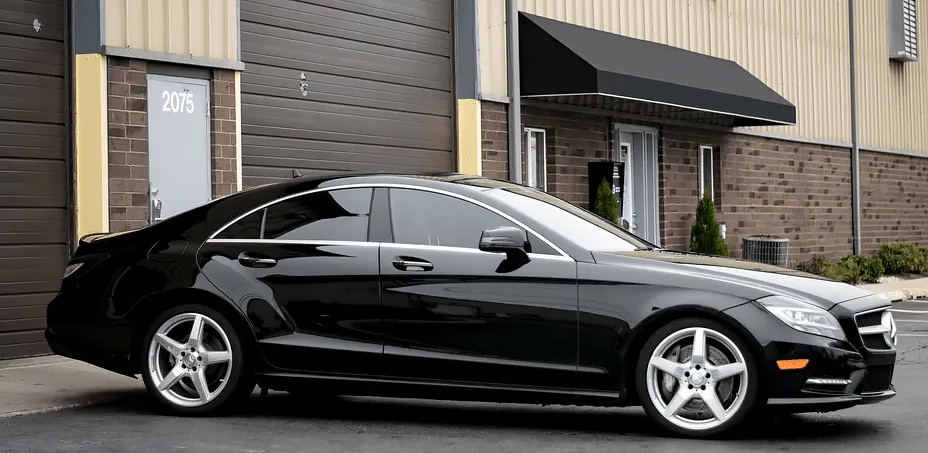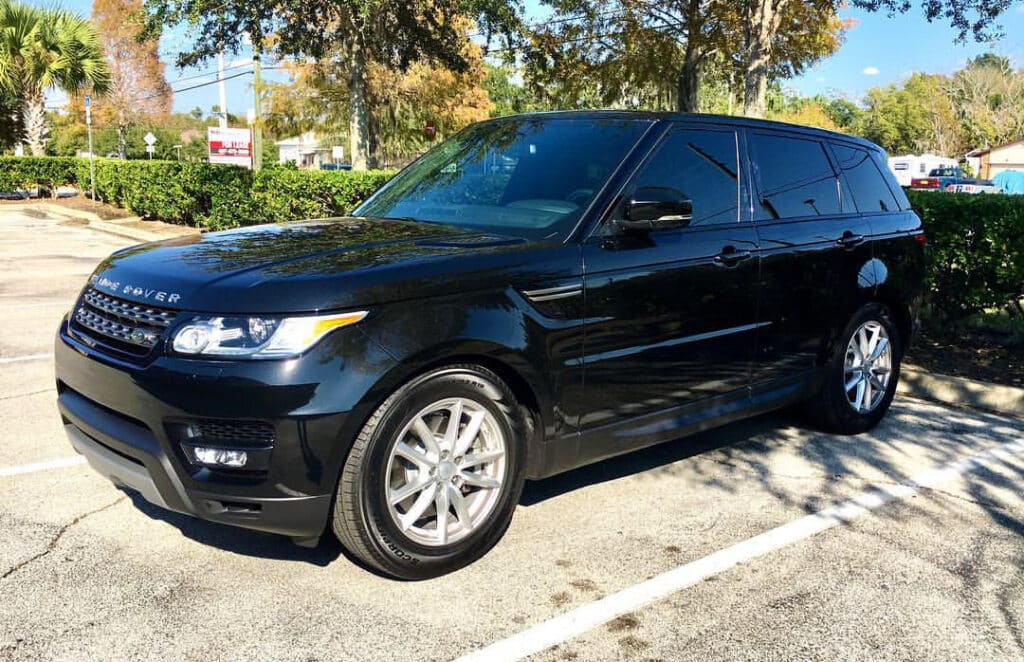There are a lot of things you can do to keep your car cool during the hot summers of Arkansas, but nothing does the trick quite like installing window tint.
It’s not uncommon for car owners to get their side windows and windshield tinted. This not only serves a cosmetic purpose but also offers a whole load of other benefits.
Tinted windows help to protect you and your passengers from the UV rays and they keep the interior cool. More benefits include the preservation of your upholstery and interior plastics; and privacy.
Despite these advantages, there are laws you need to follow when it comes to using tint film. Every state has its own version of these laws.
In this guide, we’ll explore the dos and don’ts of getting your windows tinted in Arkansas.
Is Window Tint Legal in Arkansas?

The laws surrounding window tints in Arkansas were initiated in 1993. They’re meant to regulate how dark or reflective your tint should be.
Unlike many other states in the U.S., the tint laws in Arkansas are quite permissive even for privately owned vehicles.
Because there are new types of window tints that are introduced to the market every year, the laws are subject to change at any time.
That’s why it is important to stay informed about the current window tinting rules and regulations.
Even though this state is quite permissive on this matter, any violation is considered a Class B offense that can attract heavy fines.
Permitted Window Tint Darkness

Window tint darkness is usually measured in VLT (visible light transmission). This unit highlights the percentage of light that can pass through the tint film. The higher the VLT, the more light it will let through.
For instance, a 75% VLT film will allow 75% of the ambient light to pass through, whereas if the VLT is 5%, it will allow only 5% of light to pass through.
A 5% tint is also called a “limo tint” because it’s much darker and offers a lot of privacy in contrast to a 75% tint.

Arkansas has very specific VLT percentages stipulated for sedans, SUVs, and vans, which you can go through below:
Windshield: The windshield can have a non-reflective tint only on the top 5″
Driver-side windows: Minimum 25% VLT
Passenger-side windows: Minimum 25% VLT
Rear window: Minimum 10% VLT
Permitted Tint Reflection Levels
It’s worth pointing out that darkness and reflection are two different things when it comes to window tint. Darkness refers to the opacity of the tint and reflection has to do with the amount of light the tint reflects.
When combined, these attributes help to reduce the incoming glare as well as heat.
Like VLT, the tint laws in this state also regulate reflection, so that’s another factor to consider when choosing a window tint for your vehicle. Reflective tints aren’t permitted in privately owned sedans, vans, or SUVs.
Other Tint Rules You Need to Know

In addition to the regulation of VLT and tint reflection, there are other rules stipulated by the state that you must know of. These include:
- Unlike headlight tinting laws, there are no color restrictions for window tinting.
- Manufacturers are not required to certify that the tint film sold by them complies with state laws.
- If any vehicle has window tints installed, then it should have a sticker or decal between the driver’s side window and the tinting material to validate the legality of the tinting material.
- The Arkansas state allows medical exemptions for window tints to the following limits:
- Front windshield: Up to 50% VLT
- Rear windshield: Up to 50% VLT
- Passenger-side windows (front and rear): Up to 80% VLT.
- The penalty for window tint violations in Arkansas is a Class B misdemeanor.
State of Arkansas Info

Situated in the southern part of the United States, Arkansas is a landlocked state bordered by Tennessee, Missouri, Texas, Louisiana, Mississippi, and Oklahoma.
Popularly known as the “Natural State”, Arkansas has the country’s most diverse and stunning geography, scenic beauty, and natural resources.
These range from the stunning Ozark and Ouachita mountains to forests, river valleys, and lakes. It is home to the renowned Hot Springs National Park.
Not only is the state rich in geography, but it also has an extensive and diverse Native American history and has played a vital role in the civil rights movement.
Population: 3.04 million
Capital: Little Rock
Registered vehicles: 942,604
Total lane miles: 210,729
Number of highways: 20
Tint Law References: Arkansas Code § 27-37-306

